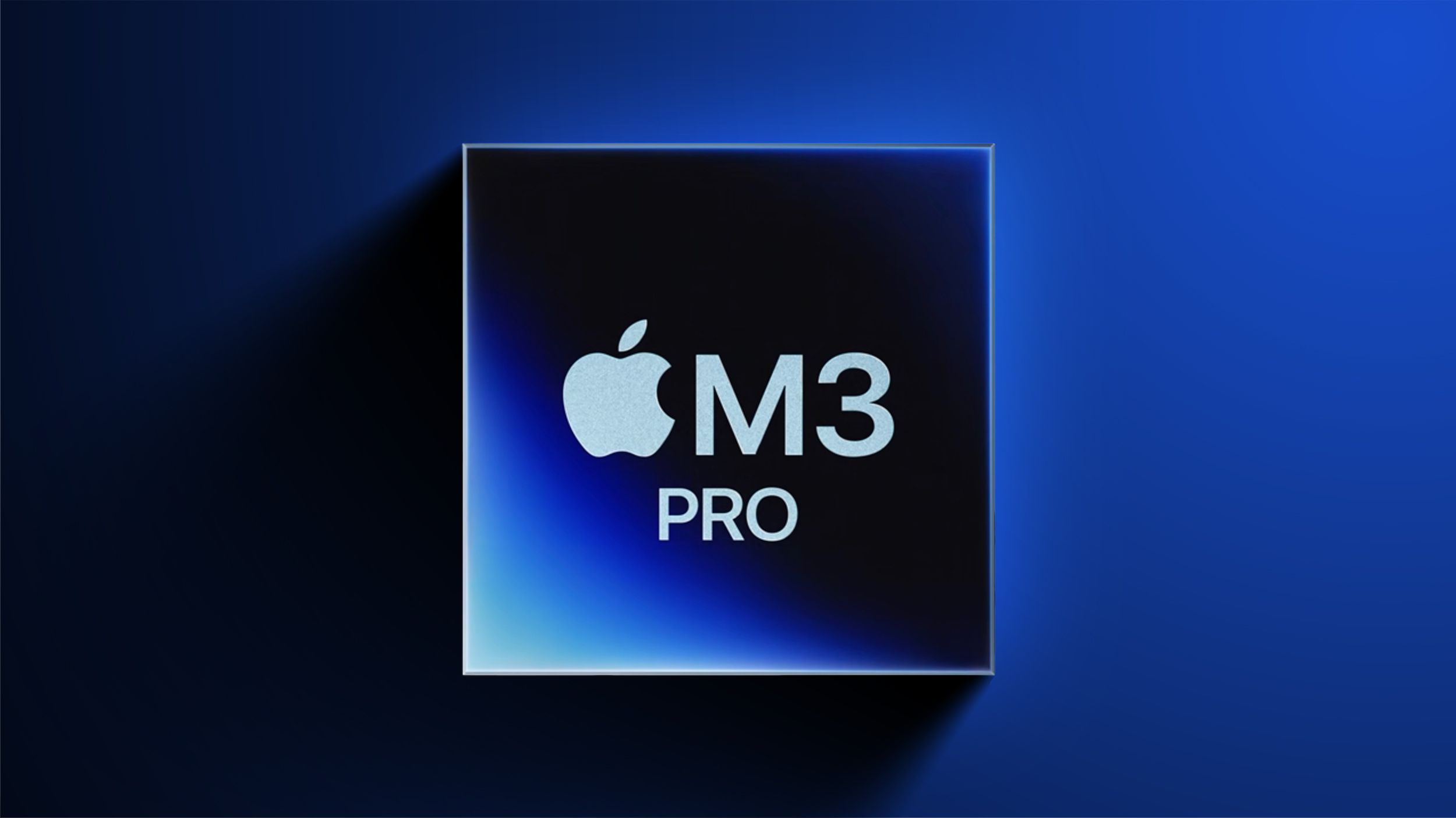- Joined
- Jul 12, 2016
- Messages
- 3,092
- Motherboard
- Gigabyte Z370 Gaming 5
- CPU
- i9-9900K
- Graphics
- RX 6900 XT
- Mac
- Mobile Phone
Assuming those stats are bumping the rev limiter, the 12950HX is pulling 55W and the M3 Max pulls 30W. So that's 2x per W to AppleSi.
I couldn't quickly find stats for low power efficiency, so I have only a wild guess that AppleSi might mean the diff between a day of use on battery vs. half-day.
Microsoft never talks up Windows features for power but the PC industry has a track record of being heavy-handed re power consumption— benchmarking as fast is always more important than a balance of traits to PC. Intel cares very much, but their mobile is downsized desktop, and MSFT abandoned mobile long ago.
OTOH mobile efficiency is the baseline from which the AppleSi has grown, and if Apple doesn't do power well it spoils the heart of their business. So it's remarkable that AppleSi is holding its own in raw CPU against its far better established architectural rival.
I believe that if a detailed story on total system balance were to be told, I will be surprised that IA mobile makes a half-decent showing.
Geekbench can't show off a systems balance of traits at all. And Cinebench is a single workload, whereas GeekB is at least a composite of 10 or so workloads. So we've got a yardstick, but it provides no insights into the most important evolutionary advances of these designs, which are about the SW stack's interplay between dedicated units, the cache-core complex, the GPU-as-an attached processor suitable for a divided realm of workstation-class compute (3D vs tensor/AI) and the primacy of efficiency in network+storage+security.
To restate, Apple's approach is about obviously about bringing the right amount of power to where it's needed in an overall balanced design plan for a personal device and its developers-developers-developers (to quote old Balmer) while MSFT as competition is a herd of cats dragging around some very antiquated assumptions about "PC", not the least of which are phat gaming and backwards compatibility.
Intel, bless their hearts, completely gets this balance perspective, which is shown by the fact that their server / workstation products are no longer applicable to Apple at all. Where brute force is valued, Intel continues to offer 25K–50K workstation-class designs. Apple had to track the lower-end these Intel chipsets over a decade in the form of the 2023–2019 Mac Pros, where in retrospect it's obvious why they let the Mac Pro languish, because they believed they would succeed on the M-series (mobile to Max)— And they did.
While I did not need to upgrade I choose to anyways From 16" MBP M2 Max 32gb ----> 16" MBP M3 Max 64gb. I did it for three reasons First is 32gb was a mistake for me, Second is the ray tracing, Third my wife is starting school and needs a new laptop.
This should allow me faster development of Architectural Renderings in Twin Motion / Unreal. It should also allow me to run Parallels/windows for quick Revit model corrections while working on TM/UE. Hopefully Epic will enable RT for Mac with the M3.





